We sat in circular bays in a large, cool underground cavern. In the centre of the room, a knee-high fence created a circular stage. In one quadrant, there was a long white sheep-skin rug, and in another quadrant, a smaller red rug. Once the lights dimmed, chatter and flash photography were forbidden, and we were simply asked to observe.
Four men in long dark cloaks and tall, cone-shaped felt hats entered from a side door and took their positions in front of various instruments on a long bench.
A drum sounded.
Another man in similar attire entered the stage area, followed by five more men. The mood was sombre and slightly eerie. We had read about this ceremony, and had been told about it on the brief drive out through the bizarre lunar landscape to Avanos, home to the cave in which we were now sitting. But nothing could quite prepare us for the actual ritual that was the Sema.
Sema is the inspiration of Mevlana Celaleddin Rumi, and is an important part of Turkish custom, history, beliefs and culture. It symbolises in seven parts, the different meanings of a mystic cycle to perfection. The ceremony is performed by the Whirling Dervishes – the five men who entered the room last.
It began with a eulogy to the Prophet, and was then followed by another sounding of the drum. The Whirling Dervishes were all kneeling in prayer position on the long white rug.
The musicians then began an instrumental, with the focus on a “ney” – a simple string guitar like instrument which apparently takes a lifetime to master. According to the brochure, this phase represents the Diving Breath – the first breath which gives life to everything.
Next, the Dervishes gave silent greetings to each other, in a circular walk round the stage area, called the Devri Veledi, accompanied by music called “peshrev”. This symbolised the salutation of soul to soul concealed by shapes and bodies.
And then the Dervishes began to twirl – or whirl on their own axis to the beat of the ney. This is the actual Sema, and consists of four salutes or “Selam’s”.
The five men had removed their black cloaks to reveal long white gowns underneath, which flared when they whirled. It was hypnotic except for the constant and strong “whoosh” as their gowns whizzed by us.
How they didn’t get dizzy or lose balance was amazing. They were in an intense meditative state, as they silently communed with their God.
According to the brochure, “the Sema ceremony represents the mystical journey of a man’s spiritual ascent through mind and love to the Perfect (Kemel). Turning towards the truth, he grows through love, deserts his ego, finds the truth, and arrives to the “Perfect”. Then he returns from the spiritual journey as a man who reached maturity and a greater perfection, so as to love and to be of service to the whole creation, to all creatures without discrimination.”
As they whirled, the Dervishes’ arms were open, their right hands directed to the sky, ready to apparently receive God’s gifts; and their lefts hands were turned toward the earth. It is said that the revolution from right to left, around the heart, allows the Dervishes to embrace all humankind with affection and love.
The whirling went on for about half an hour, and was followed by a reading from the Quran. The ceremony concluded with a prayer for the peace of the souls of all Prophets and all believers. After the completion of the ceremony, the Dervishes returned to silently to their rooms for meditation.
A sole Dervish then came out and whirled for our cameras.
The Sema was an incredibly moving experience. It didn’t matter that it was not spoken in English – little was said anyway. It was like watching meditation in motion – which is curious, because meditation is usually associated with stillness.
If you ever get the chance to see some Whirling Dervishes, it’s really worth a look – particularly in the atmospheric cavern out in Avanos, in the middle of Turkey’s Cappadocia region.
See http://www.avanosevi.com/en/sema.html for more information.
Thursday, May 29, 2008
The Dervishes whirled...
Labels:
meditation,
ritual,
Turkey,
Whirling Dervishes
Subscribe to:
Post Comments (Atom)












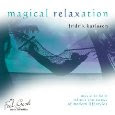
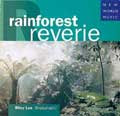
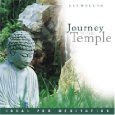





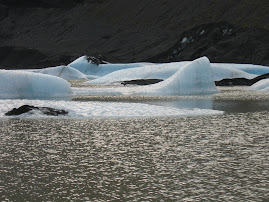

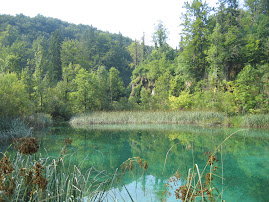

2 comments:
I had no idea what the ritual was about and the meaning behind it. Thanks for describing it. I will definitely stop to watch if I go to Turkey.
Hi Celine, yeah, I had no idea it was a religious ritual either, until it was explained to us!
Post a Comment